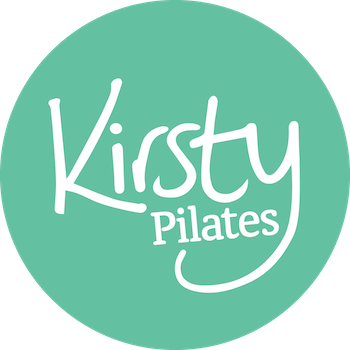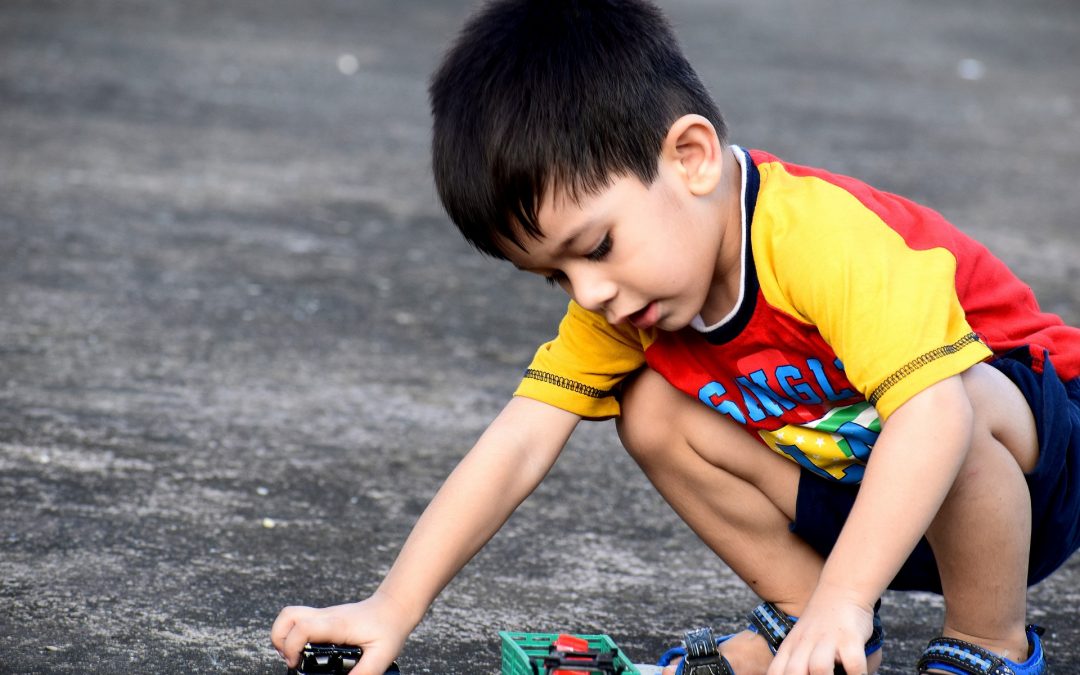It’s hard to pick out just one best Pilates exercise but there are a few that I make sure I include into every class in one form or another. One of these is the squat.
Although not specifically a ‘Pilates exercise’ as you’ll see people do this at the gym or in an exercise class, the squat is an important movement pattern that I teach my class members.
It’s important for ALL ages and here’s why:
Functional Movement
The squat is an exercise that helps you perform every day tasks more easily – it’s functional to every day life. Naturally we should squat to pick things up from the floor, lowering onto a chair (or onto the toilet!!) but our modern day lives have meant that other movement patterns have been formed which can place strain on joints and muscles.
Look at a toddler and see how they move. If you ask them to pick something up they will naturally squat. They sit and play in a squat position.
Muscle Strength
The squat strengthens the muscles of the lower body (quadriceps, hamstrings, calves). Being stronger can make tasks like walking, using the stairs and getting up off the floor easier. It will improve the tone of your legs and bottom.
Better Mobility
The squat helps to improve range of movement at the ankles, knees, hips and spine. Often these joints can become tight through sitting down too much and so the squat is an excellent way of counteracting this.
Core Strength
Core muscles are used to stabilise the spine during a squat. Having a stronger core can help with better posture, better balance and preventing back pain.
Stronger Bones
The squat is a weight bearing exercise which helps to improve bone density. This is particularly important for people with osteoporosis (or at risk of) and as we get older to help keep bones strong.
Improved Sports Performance
People who include squats in their training are generally able to run faster and jump higher. If you like to run or play sports like netball, football, basketball, tennis, skiing (or just want to keep up your children/grandchildren) then squat more.

